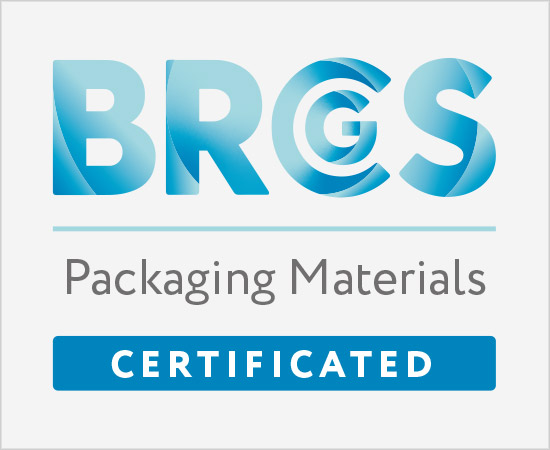Why packaging is important
Packaging protects consumers and products
Packaging prevents products from being damaged, contaminated or losing quality. They protect consumers from hygienic defects or counterfeits. And they secure our supply of food or medicines.
Without packaging, consumer goods would often arrive at the retail outlet damaged or food would spoil too quickly. This must also be prevented from an ecological point of view. Because damaged or spoiled products must be replaced. This is a burden on the wallet and the climate.
Of course, waste must not end up in the green or in our oceans. Proper recycling is crucial.
The packaging accounts for only a fraction of the CO2 emissions of a packaged food product. . In figures: The “climate footprint” of the packaged food is on average 16 to 30 times higher than the footprint of the packaging, in the case of a steak almost 200 times.
The production of a beef steak produces about 14,000 grams of CO2, while its packaging produces only 73 grams. Packaging extends the shelf life of fresh food and thus helps to avoid food losses. This reduces energy consumption and produces fewer greenhouse gases, which would otherwise be associated with the need to produce new food. Incidentally, this applies not only to food, but also to all other packaged goods.
Source: IK Industrievereinigung Kunststoffverpackungen e.V.
Less plastic, more CO2
If we replace selected plastic packaging, we use significantly more energy for heavier materials (e.g. tinplate, aluminium, glass, corrugated board & cardboard, paper & fibre cast, paper-based composites) and CO2 emissions increase significantly.

Packaging consumption
A flight from Berlin to Singapore and back corresponds in its »climate footprint« to the packaging consumption of one person over a period of 30 years (based on all packaging materials, including transport and commercial packaging).








